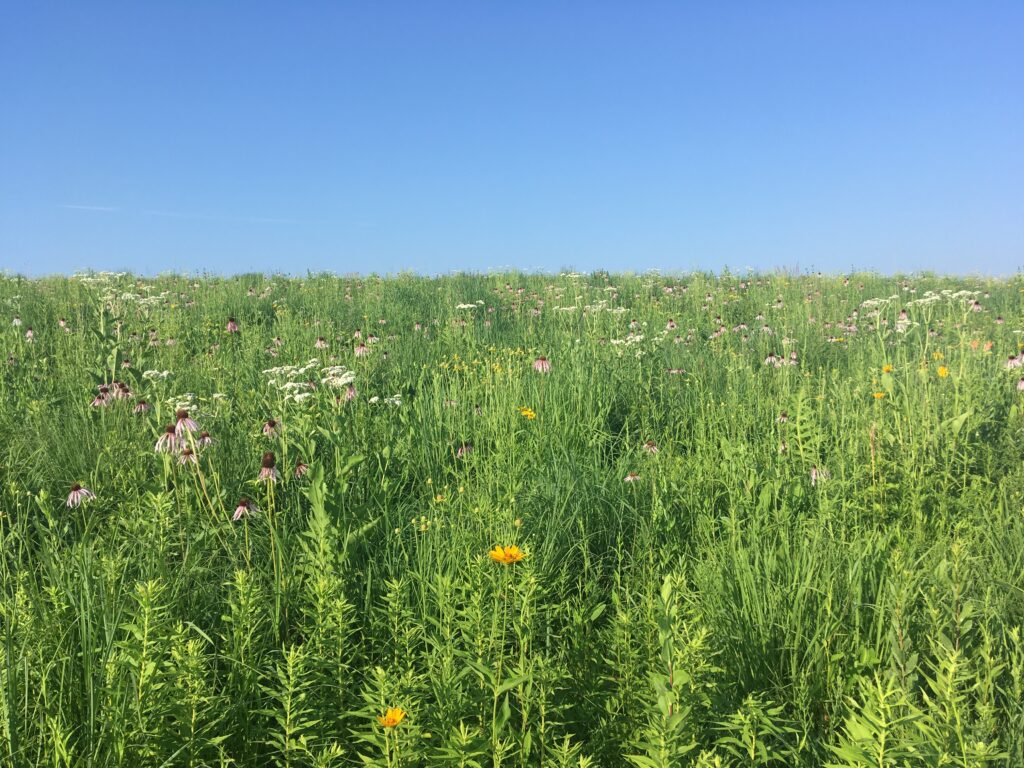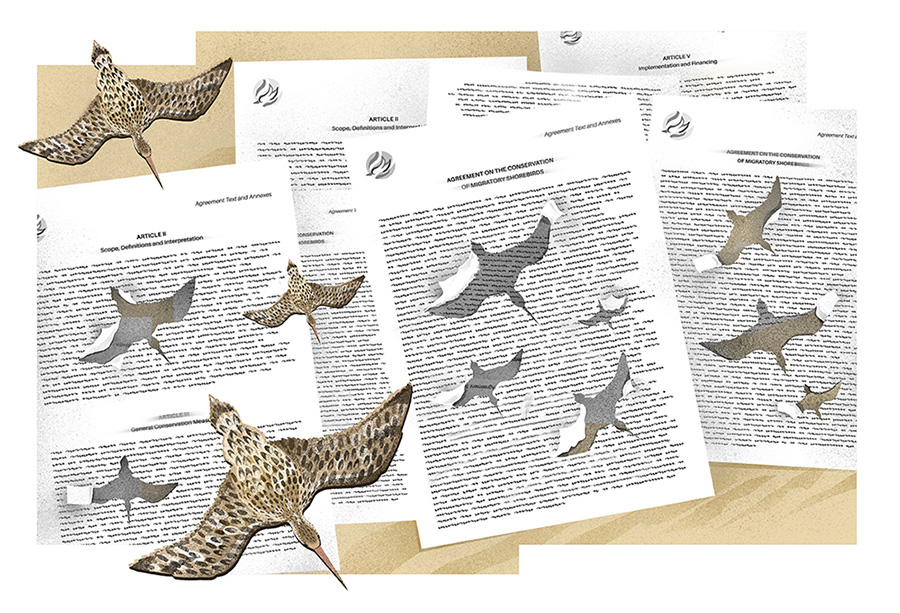DECLINES IN MAMMAL SIGHTINGS LINKED TO INVASIVE BURMESE PYTHON ESTABLISHMENT
Invasive species pose a significant threat to biodiversity worldwide. Monitoring their ecosystem impact is often difficult given that the time between introduction and establishment of invasives can take decades. Fortuitously, Michael Dorcas and colleagues have been monitoring various mammal taxa in Everglades National Park, USA for the last 20 years, spanning across the introduction and establishment of the invasive Burmese python in the Park.
Their study, published in the Proceedings of the National Academy of Science, found a strong correlation between the decline in number of mammal sightings and the establishment of invasive Burmese pythons.
The authors monitored nine mammal species via road surveys across the Everglades National Park. They found a severe decrease in mammal sightings between surveys prior to Burmese python establishment (1993-1999) and surveys after establishment (2003- 2011). Of particular interest was a very steep decline in raccoon and opossum sightings (>98% decrease).
There was also a difference in sightings on a spatial scale. Specifically, areas in which the pythons have been established longer had a more drastic decrease in mammals, while areas that have been recently invaded showed a less precipitous decline.
It is often hard to monitor exact population numbers for each mammal, but this study provided numerous links between the decrease in mammal sightings and python establishment. The cascading ecosystem effects due to the reduction of mammals are currently unknown, but there is speculation that they will have considerable impacts on ecosystem function and biodiversity.
Further Reading:
Dorcas, ME et al. 2012. Severe mammal declines coincide with proliferation of invasive Burmese pythons in Everglades National Park. Proceedings of the National Academy of Science 109:2418–2422 DOI/10.1073/pnas.1115226109.
Jessica Stephens is a PhD student at The University of Georgia, Athens, GA, USA. jstephens@plantbio.uga.edu





